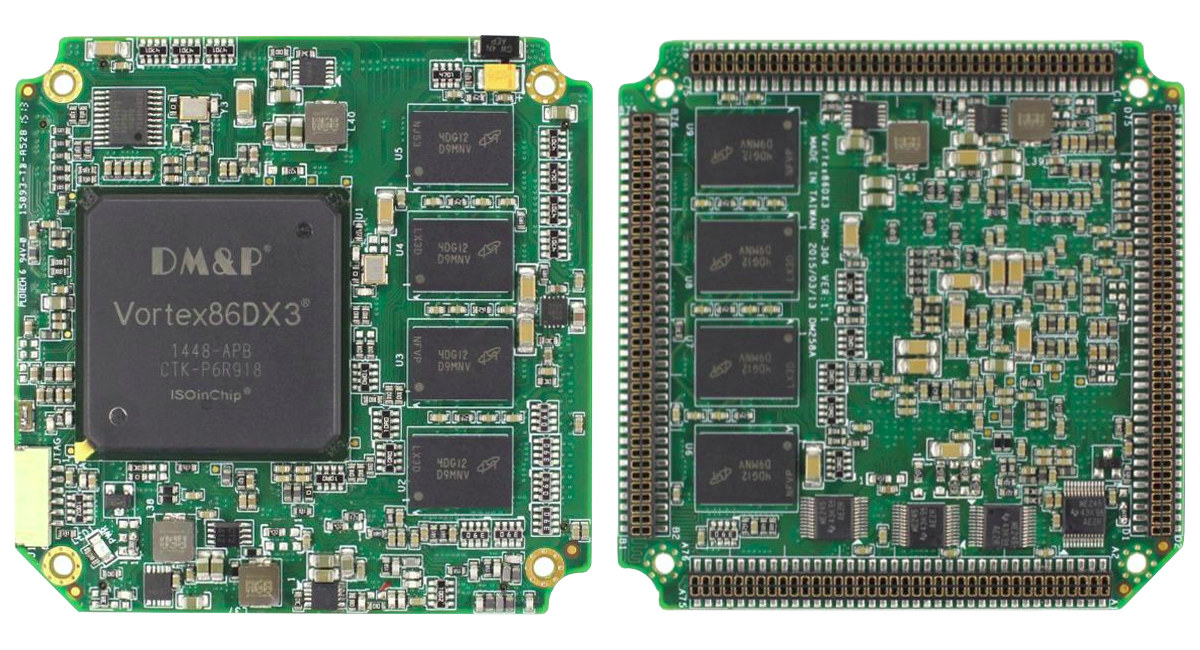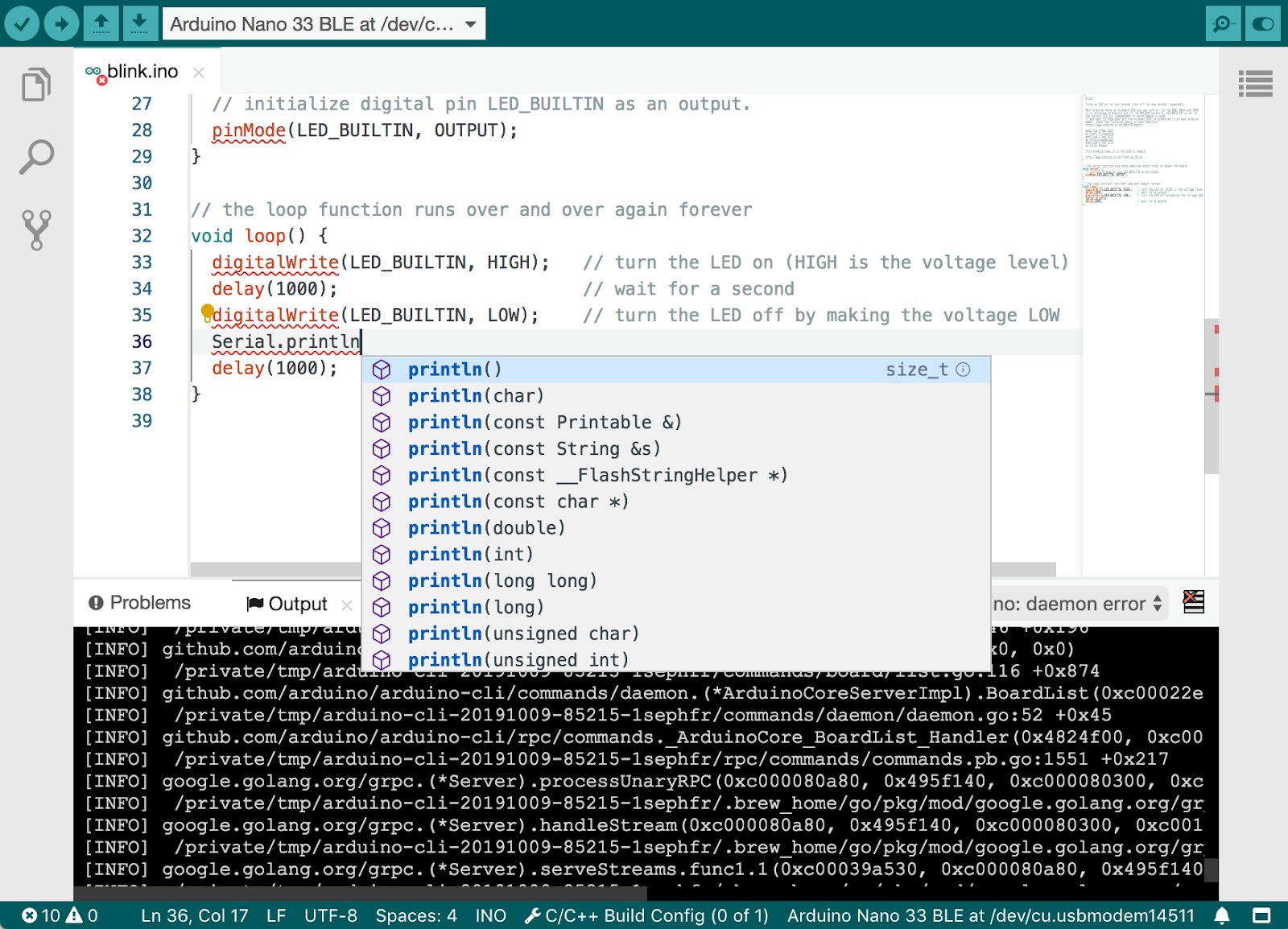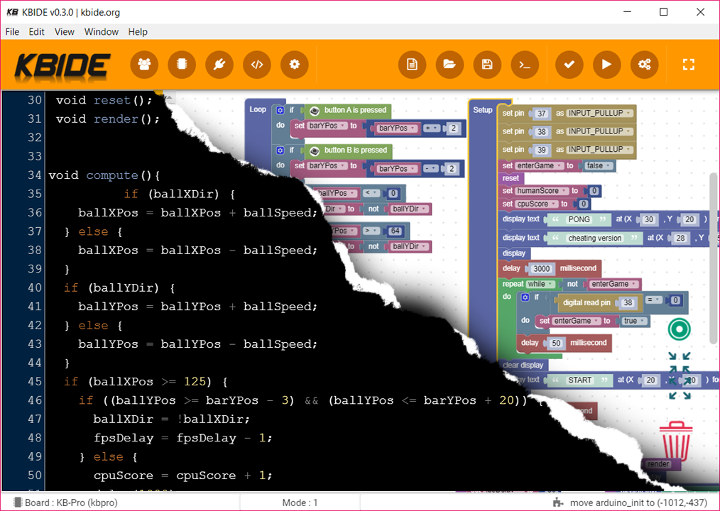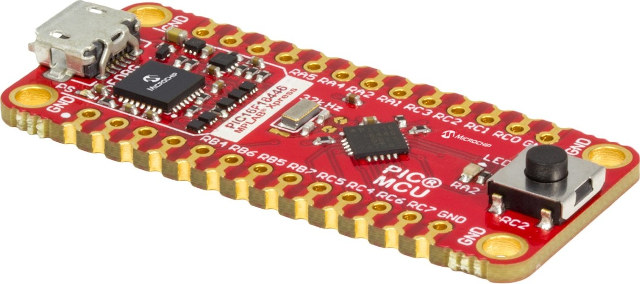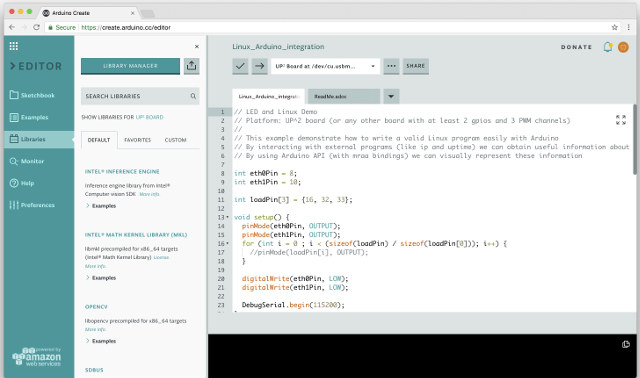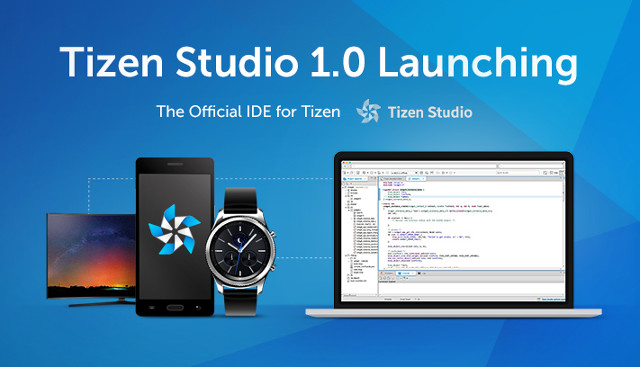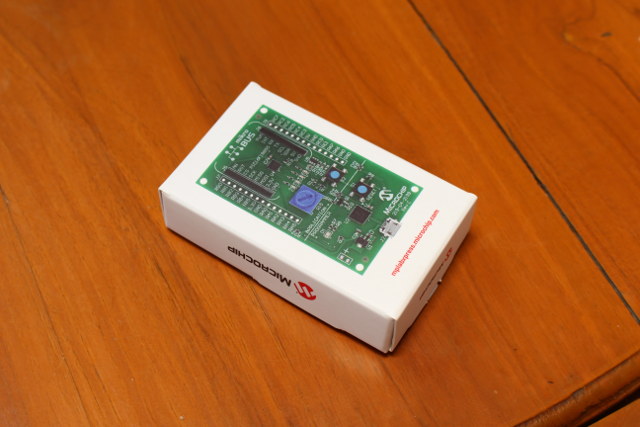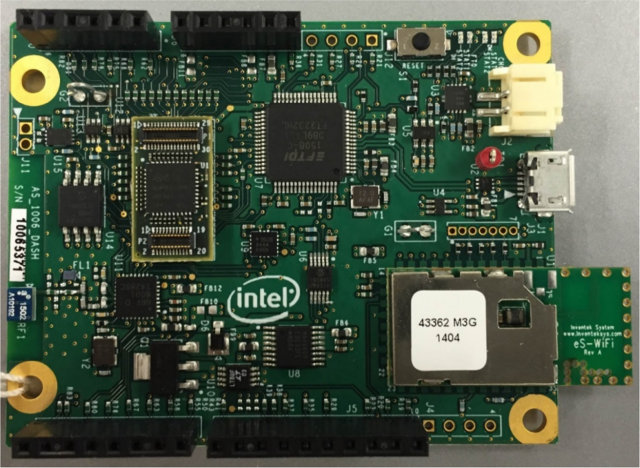DM&P Vortex86DX3 is an x86 embedded processor launched in 2015 that we’ve previously found in single board computers and mini PCs, but I’ve just noticed ICOP was offering the SOM304D3 system-on-module based on the single and dual-core versions of the Vortex86DX3 SoC. The SOM304D3 is available with 1 or 2GB DDR3 RAM, works in a wide temperature range (up to -40°C to +85°C), and is designed for space-constrained industrial applications, especially those requiring legacy interfaces like ISA, IDE, and/or a parallel port (aka printer port). SOM304D3 specifications: SoC – DM&P Vortex86DX3 single or dual-core x86 processor @ 1 GHz, 2D GPU System Memory – 1GB or 2GB DDR3 Storage – Optional 4GB eMMC flash; SPI flash for AMI BIOS 4x 76-pin board-to-board connectors: Storage – SATA 1.0, IDE, SD Display VGA up to 1920 x 1080 @ 60Hz TFT LCD up to 1024 x 768 @ 60Hz Audio – 1x […]
The Arduino Pro IDE Targets Professional Developers
It is an underlying fact that Arduino changed or better still evolved the makers, electronics, DIY, open-source, or whatever ecosystem you can think of. It brought the power of creation to the average users irrespective of your current skill set or experiences. Engineers, Scientists, hobbyists, Professors, Makers, and others and have used the ecosystem Arduino has created to build and teach new things. Aside from the fantastic hardware that made all these possible, one of the significant contributors to this easy to use growing community is the IDE. The Arduino IDE is very simplified for newbies to use. Although the Arduino Classic IDE is a pretty decent IDE for building Arduino based projects, it doesn’t offer much for large scale projects or has the tools advance developers needs. I migrated to using Atmel Studio because of what the Arduino IDE was lacking, and others have considered using other IDEs like […]
KB-IDE Open Source IDE Supports ESP-IDF, Arduino, and Visual Programming for ESP32 Boards
We’ve previously written about MakerAsia when covering their KBX Extension case for Kidbright ESP32 educational board. The company has now launched a new product, but it’s not an hardware platform, and instead KB-IDE is an open IDE (Integrated Development Environment) ESP32 boards. The IDE is suitable whatever your level from kids getting started with supports visual programming, to Arduino programming, and even the official Espressif ESP-IDF framework for more experienced makers. The IDE comes with with a Board Manager, a Plugins System and works with any Arduino Library out of the box. Made with Vue.js framework, KB-IDE is open source with the code available on Github. You can install a binary release, or build it from source for Windows, Linux, or Mac OS. Since it’s open source, it’s also expandable so makers can customize it, for instance by adding new architectures (AVR and ARM are already planned), new boards, creating […]
Microchip Offers Free PIC16F18446 8-bit MCU Development Boards
Microchip announced several PIC and AVR microcontrollers with “Core Independent Peripherals and Intelligent Analog” in February with respectively PIC16F18446 family of microcontrollers, and ATmega4809 megaAVR microcontrollers, with the latter to be integrated in the next generation of Arduino boards. The company is now organizing a promotion for their PIC16F184xx product family where they give away a PIC16F18446 MPLAB Xpress evaluation board! Key features of PIC16F184 micro-controllers: High-precision 32 MHz internal oscillator 7 to 28 KB Flash program memory 512 bytes to 2 KB of SRAM 12-bit ADC with computation (ADC2), up to 24 channels 5-bit DAC eXtreme Low Power (XLP) with sleep currents down to 50 nA IDLE and DOZE low power modes Memory Access Partition (MAP) Device Information Area (DIA) Signal Measurement Timer (SMT) Hardware Limit Timer (HLT) Windowed Watch Dog Timer (WWDT) Peripheral Pin Select (PPS) Peripheral Model Disable (PMD) Configurable Logic Cell (CLC) Two comparators Numerically Controlled Oscillator […]
Arduino Create Adds Support for Linux Development Boards (based on Intel processors for now)
Most people are used to program Arduino compatible boards with the Arduino IDE that they’ve installed in their Windows/Linux/Mac OS computer, and manage everything locally. But Arduino introduced Arduino Create last year, which includes Arduino Web Editor allowing you to perform the same tasks in your web browser, and save your files in the cloud. The company has now added Linux support to Arduino Create so that users can now program their Linux devices as if they were regular Arduino boards, and easily deploy IoT applications with integrated cloud services. The initial release has been sponsored by Intel, and currently supports X86/X86_64 boards, but other hardware architectures will be supported in the coming month. In the meantime, AAEON UP2 board is the best platform to get started, as a complete getting started guide is available for the platform. But other mini PCs such as Intel NUC, Dell Wyse, Gigabyte GB-BXT are […]
Tizen Studio 1.0 Replaces Tizen SDK for Smartphones, Wearables and TVs
Tizen has converged all Tizen SDK for mobile, wearables, and TV to Tizen Studio since the beginning of the month, and released Tizen Studio 1.0 for developers interested in developing app for Tizen smartphones, TVs and/or smartwatches such as the latest Samsung Gear S3. So instead, you’ll now be able to select the targets platform and profiles within Tizen Studio. Some of the key changes made to the development environment in Tizen Studio 1.0 include: Launching tools: Installer, Uninstaller, and Package Manager Developing tools: IDE perspective theme, Project Wizard, Certificate Manager, and Menu and tool icons UI tools: UI Builder, Component Designer, and EDC Editor Testing tools: Emulator Testing tools: Dynamic Analyzer for memory and CPU profiling Other improvements in Tizen application development environment Tizen Studio is available for the 32-bit and 64-bit version of Windows, and Ubuntu, as well as for Mac OS with one version with the graphics […]
Getting Started with MPLAB Xpress Board and Online IDE
Microchip launched MPLAB Xpress online IDE and board earlier this year, and as part of the launch they offered 2,000 free boards. I joined the program and received my board. The keyword for the board is “Xpress”, as you should be able to get started in mere minutes thanks to the operating system agnostic online IDE that works with Internet Explorer, Firefox, Chrome, and Safari. That also means you don’t need to install any other tool. All you need is a web browser. MPLAB Xpress Board Let’s start by quickly checking out the package, board, and offline documentation. Once you open the package, you’ll get the board, a folded sheet of paper for the schematics, and some information on the package itself with the pinout diagram, and a quick start guide explaining that the board acts as a mass storage device, and all you need is a web browser for […]
Intel Quark D1000 Customer Reference Board and Intel System Studio for Microcontrollers
Intel unveiled Intel Quark D1000, D2000 and SE micro-controllers last week, with Intel Quark D1000 available now for $2.5 to $4 depending in quantities, and to my knowledge the first Intel MCU that can be considered ultra low power. I could not see a development board at the time, but Intel does have an Intel Quark D1000 Customer Reference Board with a familiar Arduino form factor. Intel Quark D1000 board specifications: MCU – Intel Quark D1000 32-bit CISC micro-controller @ 32 MHz Storage – 4MB SPI flash (Microchip ) Connectivity – Bluetooth LE radio, Wi-Fi (Inventek Systems Serial to Wifi module) Sensor – 3-axis accelerometer Expansion – Arduino compatible headers with GPIOs, I2C, SPI, UART, analog inputs, and 5V, 3.3V and GND. Debugging – mini USB port for programming and debugging; JTAG pins Power – 5V via mini USB port, or LiPo / Li-ion battery Dimensions – N/A Information about […]


